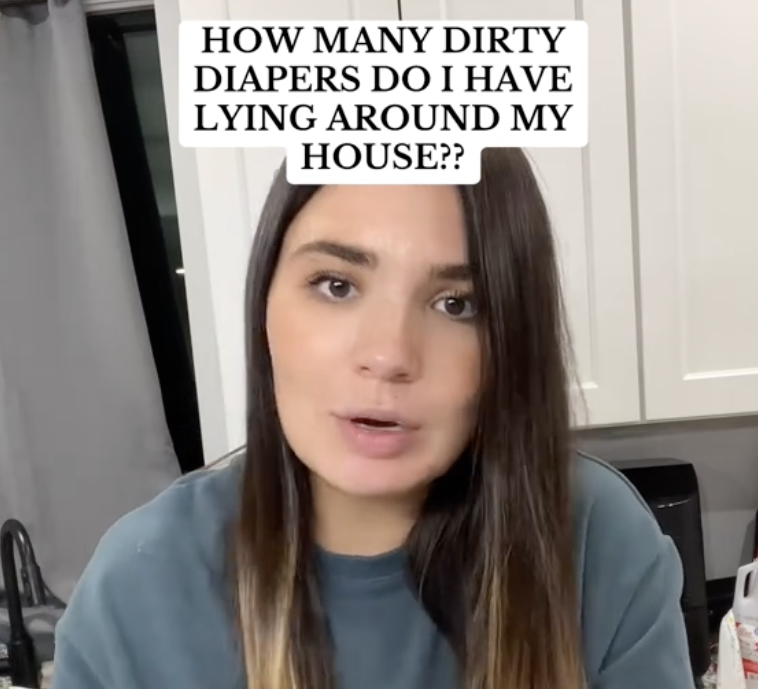DAILY NEWS STAFF WRITER
Courtesy of the New York Daily News
Kitty Genovese’s desperate pleas for mercy fell on deaf ears more than four decades ago. This week, when her killer stands before the state Parole Board, her family hopes he meets the same fate.
“He can spend another 40 years in jail,” said Vincent Genovese, whose sister was stalked and slain by Winston Moseley in one of New York’s most notorious killings. “He can rot in jail.”
Moseley, already rejected a dozen times for parole, returns for another hearing just prior to Thursday’s 44th anniversary of the Genovese stabbing. The murder created a national furor after her Kew Gardens, Queens, neighbors ignored the dying woman’s cries for help in March 1964.
Moseley – who turned 72 last week – has displayed little remorse for targeting Genovese at random as she strolled home from the late shift at a Queens bar.
During one state Parole Board appearance, Moseley even tried to spin himself as the victim in the March 13, 1964, murder.
“For a victim outside, it’s a one-time or one-hour or one-minute affair,” Moseley said. “But for the person who’s caught, it’s forever.”
Kitty Genovese’s brother – unaware of this week’s hearing until contacted by the Daily News – said he’s never recovered from the horror of those words.
“That was the worst to me, when he said that,” Vincent Genovese, 69, told The News. “That still sticks in my craw.”
Moseley’s remark ignored the facts: He initially wounded Genovese, but fled the scene when a neighbor shouted down – only to return minutes later and fatally stab the helpless, bleeding victim.
Moseley was sentenced to the death penalty, although the sentence was reduced to 20 years to life. Trial Judge J. Irwin Shapiro, a death penalty opponent, found Moseley so monstrously repugnant that he volunteered “to pull the switch on him myself.”
While Moseley can still speak for himself, all that remains of Kitty Genovese is the echo of her final screams.
The Genovese slaying became the urban parable of the bad Samaritans, with 38 neighbors reportedly ignoring her screams as Moseley plunged his knife into the 24-year-old.
The 3 a.m. attack on a desolate block was soon cited as a textbook example of urban apathy – even as the tale of the willfully disinterested witnesses was challenged over the years.
A 1970 psychological study actually identified the “Genovese syndrome” – individuals are more likely to provide help when alone than in a group.
Moseley’s criminal career didn’t end with his conviction for the Genovese killing. He escaped from a Buffalo hospital in 1968, going on a two-day crime spree during which he tied up a couple and raped the wife as her husband looked on.
In a 2006 Parole Board appearance, Moseley blamed those crimes on his parents.
Given his violent history and the notoriety of the Genovese case, Moseley – like “Son of Sam” killer David Berkowitz or John Lennon assassin Mark David Chapman – is an unlikely candidate for parole.
But 235 violent felons, including 215 convicted murderers, were released by the Parole Board in 2007, the first year of Gov. Spitzer’s administration, records show. That’s 58% more than the 148 violent felons paroled in 2006, the last year of Gov. George Pataki’s tenure.
Other unlikely prisoners freed last year:
*
Jose Parmes, who killed his girlfriend in 1981 before tossing his infant daughter out a sixth-story window, was paroled in May 2007 after four rejections.
*
Frank DiChiara, convicted of killing a 13-year-old schoolgirl during a 1978 robbery at her family’s Brooklyn home, was freed in September 2007 at age 65.
Two years ago, during his last appearance before the board, one member asked Moseley, “Do you remember what you did?”
“I remember, sir,” he replied.
So does Vincent Genovese, transported back to the ’60s by the mere mention of his sister’s name.
“This brings back what happened to her,” he said. “The whole family remembers.”































